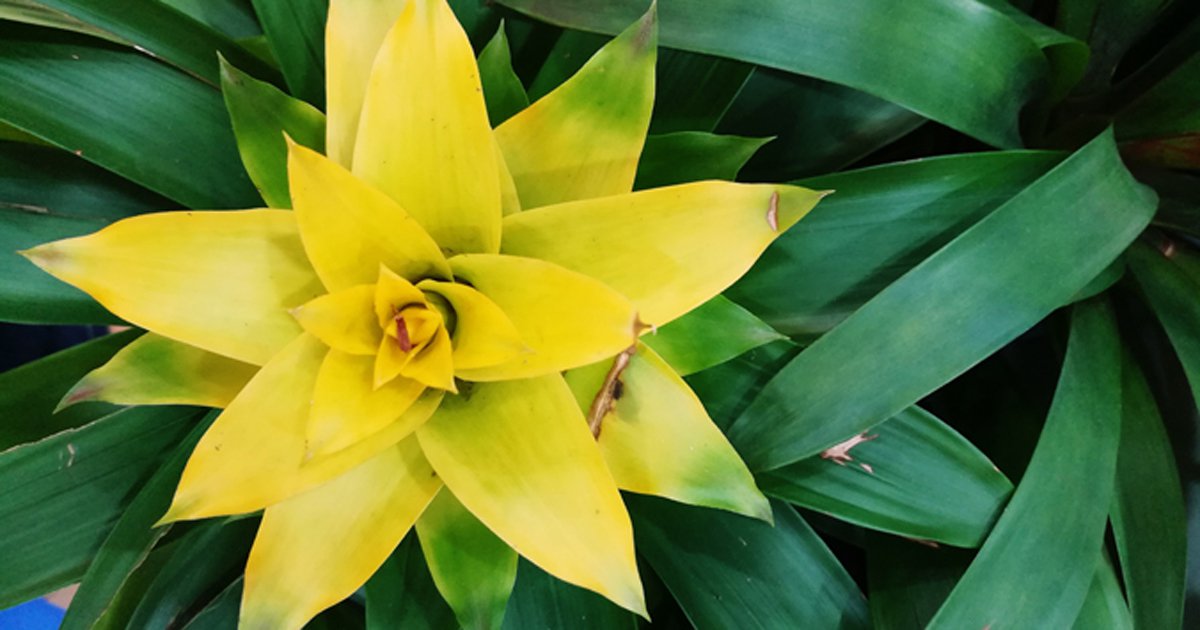Plants other than marijuana may provide pain relief
PHILADELPHIA — There are several plants besides marijuana that may fill the growing need for nonpharmaceutical alternatives to pain relief that many medical professionals and patients seek, a speaker at the American Academy of Neurology Annual Meeting said.
“The CDC estimates that the total economic burden of the opioid epidemic is $78 billion. We are in a crisis in this country,” Ilene Ruhoy, MD, PhD, board-certified neurologist and founder of the Center for Healing Neurology in Seattle, told attendees.
“As physicians, it is becoming harder and scarier to prescribe opioids to patients. I personally don’t feel comfortable prescribing opioids anymore, so I don’t do it,” she continued.
Ruhoy said that realization led her to research published more than 30 years ago indicated that “one should follow where nature leads” when looking for ways to treat inflammation and pain. “Many of the plants I am going to talk about zero in on that Cox-2 enzyme, which is the one responsible for those same two conditions,” she said.
Ruhoy also said the following plants have not been approved by the FDA, but provided evidence in clinical studies of relief when used cautiously under the supervision of a trained medical professional:

Arnica: Analgesic and anti-inflammatory relief
Berberine: Neuropathic pain and cognitive support
Bromelain: Pain and muscle spasms
Capsaicin: Pain relief
Devil’s claw: Fever, pain, arthritis and indigestion
Evening primrose oil: Nerve cell regeneration and repair
Rhodiola: Neuropathy
Turmeric: Osteoarthritis, rheumatoid arthritis, headache, joint pain and diabetic neuropathy
Willow bark: Headache, back pain, gout, myalgia, antiphospholipid syndrome and osteoporosis
She encouraged those interested in prescribing these plants to patients to vet potential suppliers thoroughly, and that a bigger supplier is not always a better one.
Ruhoy also noted that choosing the type of plant and dose varies by patient.
“I pick and choose, based on what the patient’s concerns are, how long they have had the pain, what are their comorbidities, what their medical history is,” she said. "I also look for the minimal amount of plant that will have the greatest amount of benefit. Once I have picked a plant, I usually start the patient on a dose that is similar to the starting dose of its pharmaceutical counterpart,” she said, adding that some versions of these plants have additional benefits besides pain relief.
“None of these plants are covered by insurance, and some of their supplements are expensive, but the extracts are often inexpensive,” Ruhoy said.
She encouraged physicians to visit the websites of family medicine practitioner Tieraona Low Dog, MD, and Natural Medicine Database’s website for more details on these plants and others for the latest research on possible clinical benefit before recommending them to patients. – by Janel Miller
For more information:
Tieraona Low Dog, MD. https://www.medicinelodgeranch.com/. Accessed May 7, 2019.
“Natural medicines research collaboration.” https://naturalmedicines.therapeuticresearch.com/ Accessed May 7, 2019.
Reference: Ruhoy I. “Treating pain with herbs, supplements and marijuana.” Presented at: American Academy of Neurology Annual Meeting. May 4-10, 2019, Philadelphia.
Disclosures: Healio Primary Care Today was unable to confirm Ruhoy’s relevant financial disclosures prior to this story’s posting.

